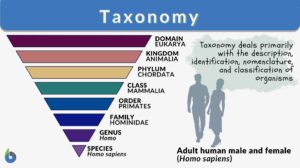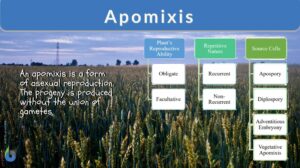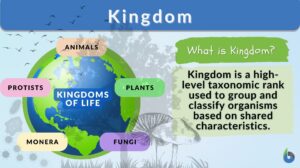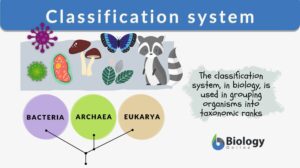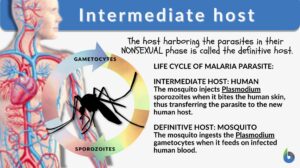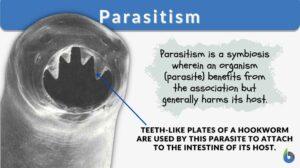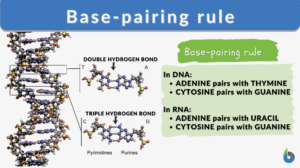Search Results for: genera
Cyanobacteria
Cyanobacteria Definition Cyanobacteria is a group of photosynthetic bacteria widely distributed in various aquatic habitats... Read More
Lesser ape
Definition noun, plural: lesser apes Any of the apes of the family Hylobatidae (gibbons) characterized by being relatively... Read More
Pantherinae
Definition noun A taxonomic subfamily belonging to the family Felidae, and includes the genera Panthera and... Read More
Flying fish
A flying fish is a fish distinguished by the ability to leap from the water and seem to fly over a considerable distance... Read More
Classification system
Classification Systems Definition In life, many things are classified, that is, to put into categories or groups based on... Read More
Choanoflagellate
Definition noun, plural: choanoflagellates A flagellate protozoan of the genera Monosiga and Proterospongia of the class... Read More
Petrified Wood : The World of Fossilized Wood, Cones, Ferns, and Cycads
Petrified Wood : The World of Fossilized Wood, Cones, Ferns, and Cycads ... Read More
Nitrification
Definition noun A process wherein a nitro group is added to an organic compound Supplement Nitrification is a process where... Read More
Intermediate host
Intermediate Host Definition When looking at the relationships amongst different biological members of our biosphere, we... Read More
Parasitism
Organisms depend on different sources of food to survive. Larger organisms like plants make their own food (autotrophs) and... Read More
Pseudopodia
A pseudopodium (plural: pseudopodia) refers to the temporary projection of the cytoplasm of a eukaryotic cell. Pseudopodia... Read More
Enterobacteriaceae
Definition noun: (taxonomy) A family of gram-negative bacilli that inhabit the large intestine of humans and other... Read More
Salamanders
salamander 1. (Science: zoology) Any one of numerous species of urodela, belonging to salamandra, Amblystoma, Plethodon, and... Read More
Entamoebidae
Definition noun (taxonomy) A family of Archamoebae which includes species such as Entamoeba histolytica, Entamoeba coli,... Read More
Base-pairing rule
Base-pairing Rules Definition The base-pairing rules are rules that apply during the pairing between one purine and one... Read More
Bacteriolysin
Definition noun, plural: bacteriolysins (1) A specific antibody that combines with bacterial cells (antigens) and, in the... Read More
Intercalary meristem
The basic structural framework of plants is composed of different types of tissues. Based upon the capacity to divide, the... Read More
Armadillidiidae
Definition noun A taxonomic family comprised of terrestrial woodlouse species that are identifiable chiefly by their... Read More
European lancelet
Definition noun, plural: European lancelets A lancelet species of the genus Branchiostoma and is commonly used as a model... Read More


